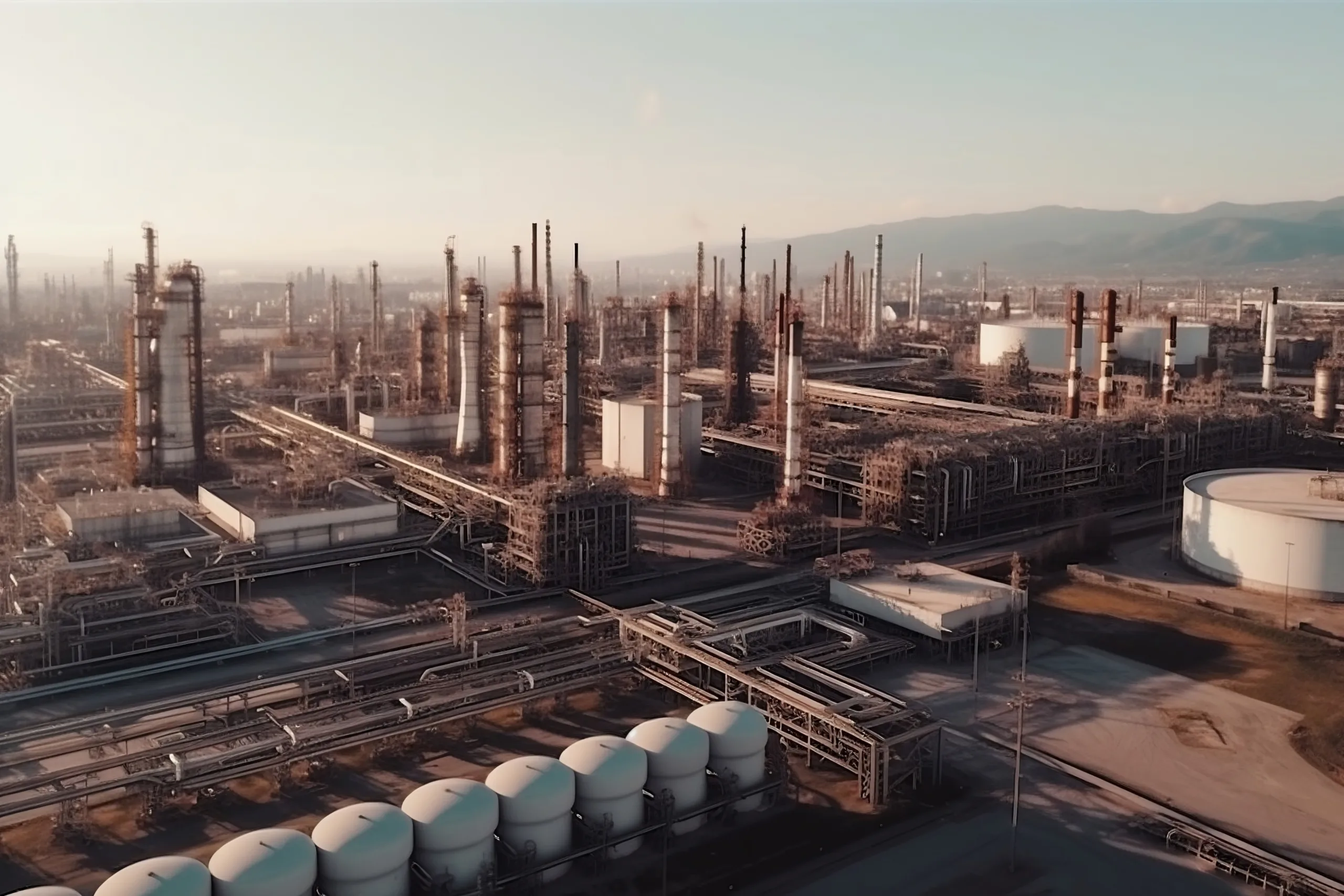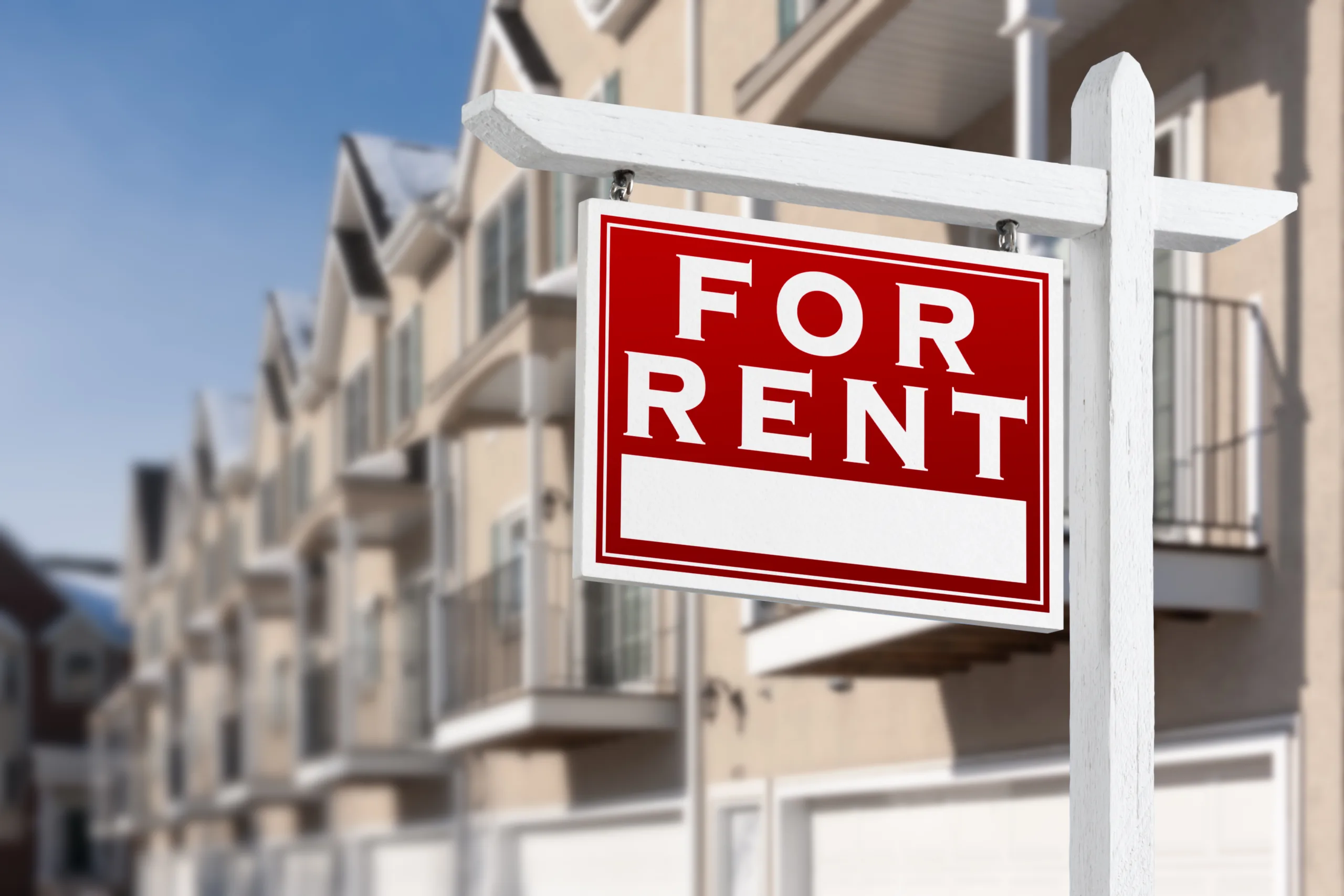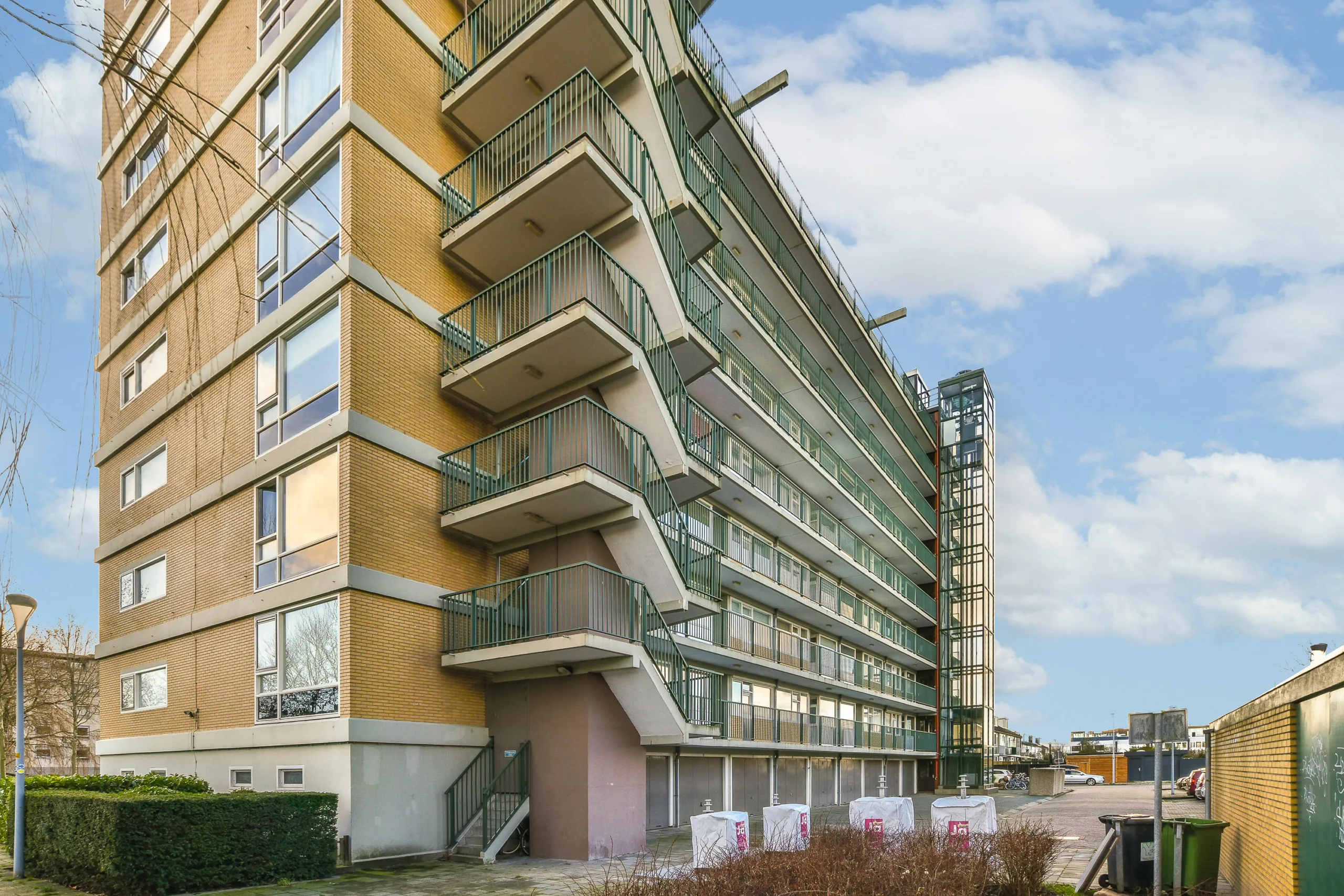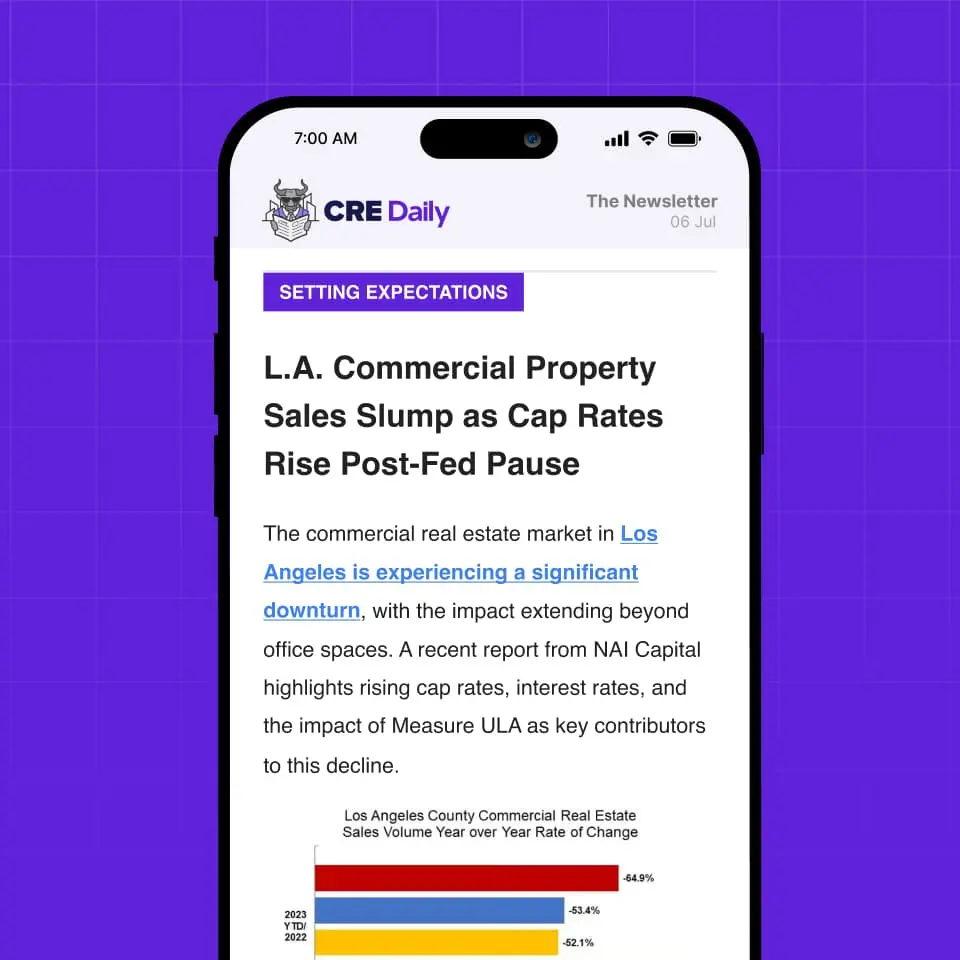- JPMorgan Asset Management (JPMAM) is targeting industrial properties with high amperage (4K+ amps), essential for powering robotics and AI in advanced manufacturing.
- The shift is driven by reshoring trends, labor shortages, and stimulus programs like the CHIPS Act, making high-powered sites increasingly valuable.
- High-powered industrial assets now command a 15% pricing premium, signaling a new class of real estate emerging at the intersection of logistics, technology, and energy.
The Big Shift
JPMorgan Asset Management is shifting its industrial strategy, zeroing in on power capacity rather than just SF, reports Commercial Observer. With advanced manufacturing relying on robotics and AI, power capacity is critical. Amperage is now a key investment lens, says Chad Tredway.
The firm is focusing more on new development in high-amperage zones. Retrofitting existing sites is costly and often limited by the power grid. “If real estate owners don’t start thinking about this, they’re going to be left behind,” said Tredway.
Labor Gaps And Policy Tailwinds
Three converging forces are fueling the strategy:
- Labor shortages in manufacturing have created urgency for automation. The average age of skilled laborers is rising, and younger workers are opting out.
- The CHIPS Act and other federal initiatives have unlocked billions in public and private investment to bring critical industries — including semiconductors, defense, and pharma — back to US soil.
- The Trump administration’s trade policies are further accelerating domestic manufacturing demand by reinforcing tariffs on global imports.
Get Smarter about what matters in CRE
Stay ahead of trends in commercial real estate with CRE Daily – the free newsletter delivering everything you need to start your day in just 5-minutes
Power Is The New Premium
JPMAM’s research shows high-powered industrial facilities now command a 15% price premium. These sites can handle large-scale robotic operations. As automation needs grow, the demand for locations with strong, reliable power grids will outpace supply.
The firm is targeting markets like Texas, Arizona, California, Pennsylvania, and New York. These areas benefit most from CHIPS Act funding and infrastructure.
A New Kind Of Industrial Asset
The rise of advanced manufacturing represents a paradigm shift in industrial real estate. These are not your standard warehouses — many have multiple floors, are outfitted with AI, robotics, and logistics systems, and require enormous power draws.
Retrofitting outdated buildings isn’t always feasible. In one case, upgrading a low-amperage site would cost 20 times more than building new. It might also not work with the local power grid.
Investor Interest Rising
Although data centers still dominate investor conversations, JPMAM is making the case that high-powered industrial is the next frontier. “One investor leaned in and said, ‘Oh my god, is this… the new data center?’” Tredway recalled.
With manufacturing demand up 350% over the past five years, the opportunity is clear — but barriers to entry remain high, from permitting to sourcing power and qualified developers.
What’s Next
JPMAM is expanding in the high-powered industrial space. It’s using its 100+ partners and in-house team to find and invest in next-gen manufacturing sites. With automation and AI continuing to redefine the manufacturing sector, power capacity is becoming a central factor in investment decisions.
“This is the type of real estate that, when you look back five years from today, you’re going to wish you bought now,” said Tredway — a sentiment that underscores JPMAM’s confidence in the long-term value of these properties.
High-powered industrial real estate is set to become a bigger part of institutional portfolios. Rising demand is driving interest in tech-ready, future-proofed sites.

















